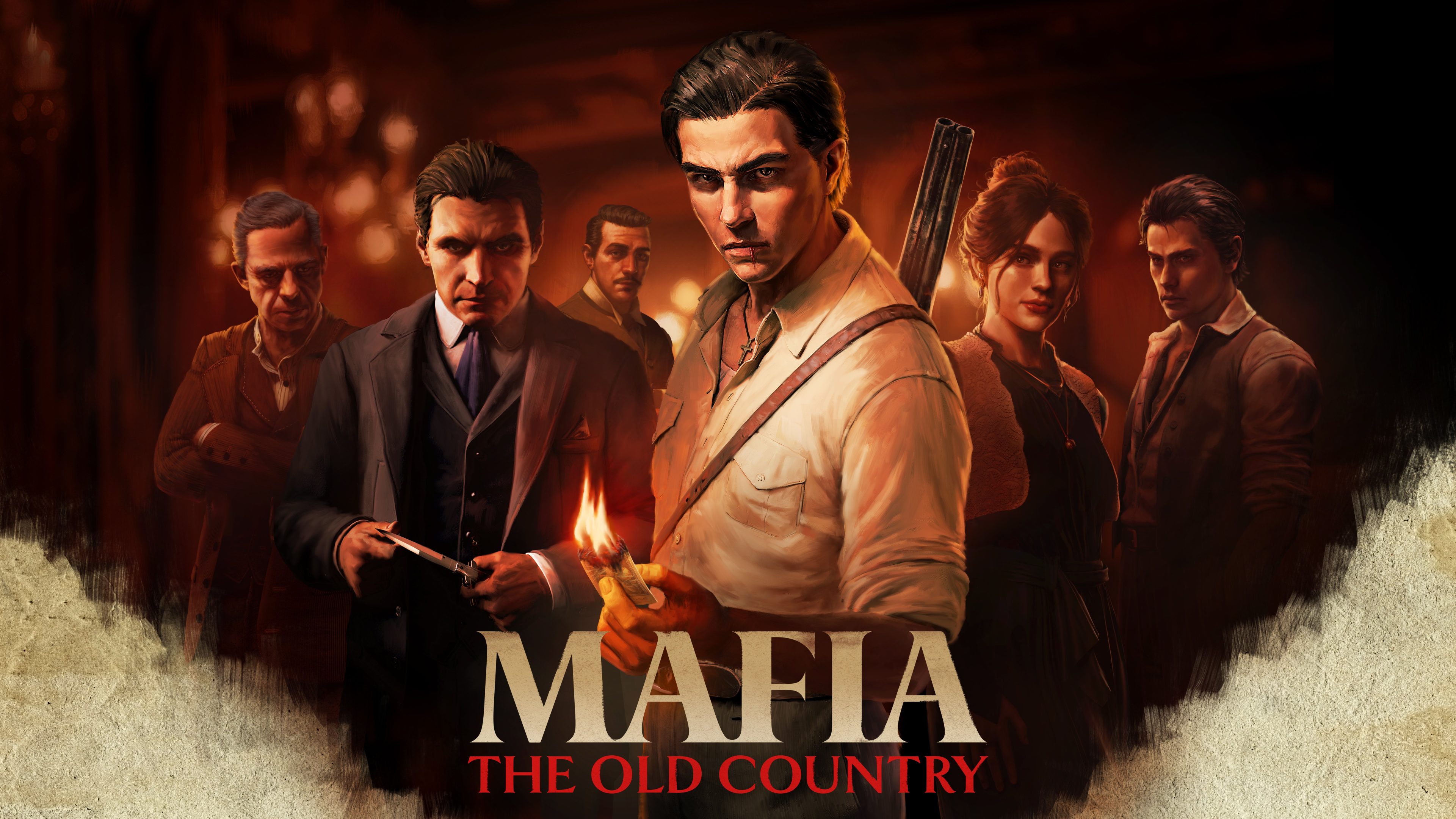Are you ready to dive into the gritty world of the Mafia?
Check out "Mafia: The Old Country | Spotlight | Unreal Engine" to see how Hangar 13 crafted an authentic experience using Unreal Engine 5! Follow Enzo Favara as he navigates the treacherous waters of crime, proving his loyalty to The Family in an action-packed adventure. From stunning visuals powered by Lumen and Niagara to lifelike characters created with MetaHuman, this video reveals the magic behind the scenes.
Trust me, you don’t want to miss this insider look into one of the most anticipated games of the year!
Watch here: https://www.youtube.com/watch?v=sFZNq6woCbQ
#MafiaTheOldCountry #UnrealEngine #UE5 #Hangar13 #GamingMagic
Check out "Mafia: The Old Country | Spotlight | Unreal Engine" to see how Hangar 13 crafted an authentic experience using Unreal Engine 5! Follow Enzo Favara as he navigates the treacherous waters of crime, proving his loyalty to The Family in an action-packed adventure. From stunning visuals powered by Lumen and Niagara to lifelike characters created with MetaHuman, this video reveals the magic behind the scenes.
Trust me, you don’t want to miss this insider look into one of the most anticipated games of the year!
Watch here: https://www.youtube.com/watch?v=sFZNq6woCbQ
#MafiaTheOldCountry #UnrealEngine #UE5 #Hangar13 #GamingMagic
Are you ready to dive into the gritty world of the Mafia? 🎮✨
Check out "Mafia: The Old Country | Spotlight | Unreal Engine" to see how Hangar 13 crafted an authentic experience using Unreal Engine 5! Follow Enzo Favara as he navigates the treacherous waters of crime, proving his loyalty to The Family in an action-packed adventure. From stunning visuals powered by Lumen and Niagara to lifelike characters created with MetaHuman, this video reveals the magic behind the scenes.
Trust me, you don’t want to miss this insider look into one of the most anticipated games of the year!
Watch here: https://www.youtube.com/watch?v=sFZNq6woCbQ
#MafiaTheOldCountry #UnrealEngine #UE5 #Hangar13 #GamingMagic

0 Reacties
·0 aandelen









